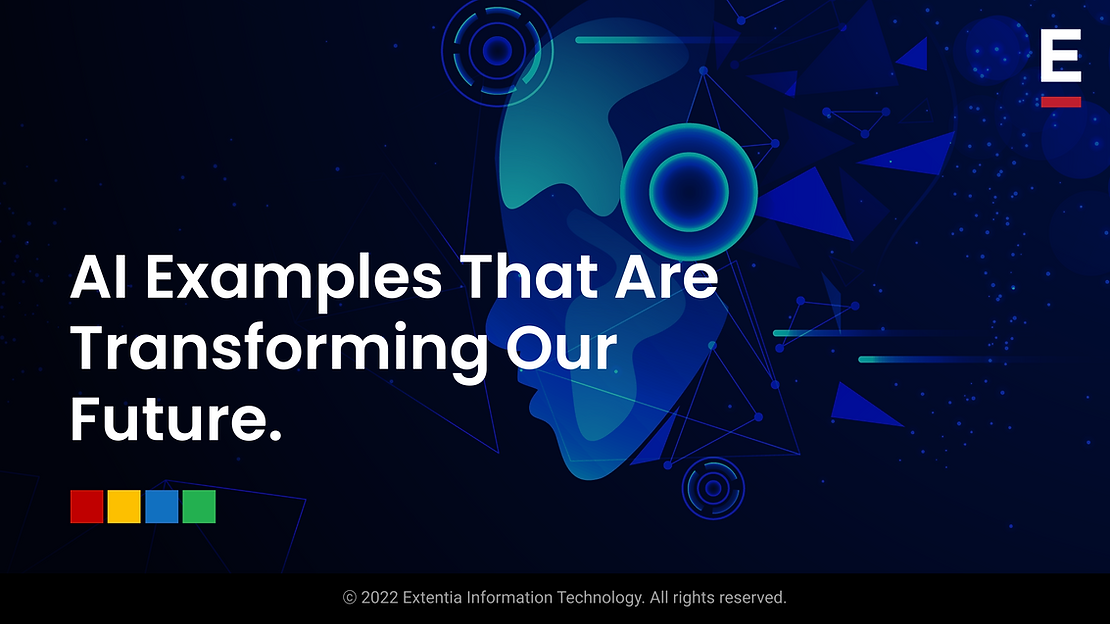Today, technology and future-centric organizations are opting for a strategic and holistic approach to their enterprise integration initiatives. They are increasingly embracing modern and intelligent cloud-based integration platforms. SAP Cloud Integration is the industry’s front-running platform that aims to solve a modern-day organization’s complex integration problems. It is becoming a good choice for organizations’ present and future digital requirements.
What is SAP Cloud Integration?
SAP Cloud Integration resides at the center of SAP’s latest strategy for organizations’ digital transformation. SAP’s framework provides enterprises with reliable, stable, and straightforward cloud platforms and application integration that supports organizations in a constant and rapidly changing business environment. It enables organizations to achieve seamless end-to-end processes across their systems by connecting cloud and on-premise applications with the other SAP and non-SAP cloud and on-premise applications. Furthermore, SAP Cloud Integration empowers organizations to process information in real-time across different companies or even within its departments.
It offers a user interface to orchestrate, access, and manage integrations between cloud solutions and on-premise systems. Designed to be flexible, it allows developers to extend SAP Cloud Platform-based applications beyond the usual and conventional SAP ERP Central Component on-premises environment.

Features of SAP Cloud Integration:
SAP Cloud Integration operates on a virtual cluster of machines in the SAP Business Technology Platform (BTP). It offers a robust system that helps organizations save high operational costs of installing and maintaining middleware in their own data centers. Moreover, it lets the integration content designers develop and edit their integration content. Let’s understand some of the key features of SAP Cloud Integration in-depth here.
Provides out-of-the-box connectivity support (such as SOAP/HTTPS, IDoc, OData, SFTP, SuccessFactors, HTTPS) to facilitate a smooth transition from the on-premise world to the cloud-based world.
Advanced security features such as content encryption and certificate-based communication.
Pre-configured integration patterns that provide options for data flow configuration between the involved customer systems.
Equipped with numerous connectivity adapters (such as OData, JMS, HTTPS, EDI, Twitter, XI, and IDoc, among many others), allowing participant systems to connect through open-source as well as proprietary protocols.
Built-in cloud integration runtime.
Offers simple conversion of XML messages to EDI and JSON, CSV messages to XML.
Avails both B2B integration and A2A (application-to-application) integration scenarios to link data and processes.
An option to use pre-packaged integration content to readily start the integration projects and get productive in no time. After purchasing, the pre-packaged integration content can be made available by SAP, resulting in lower resource consumption to the absolute minimum.
Allows customers to include tailor-made integration as per requirements.
Ability to extend business processes across hybrid environments for better efficiency.
Licensing of the SAP Cloud Integration can be done by two different methods: consumption-based method and subscription-based method.
Developing Integration Content with SAP Cloud Integration:
It enables easy accessing and managing of integration content by allowing users to deploy the integration flows available in packages by deploying them on different platforms. The following components enable users to perform various tasks:
Discover
This component, also called catalog, allows users to view all integration packages with their descriptions. The integration packages available to the user depend on the permission of the user.
Design
The Design component, also called customer workspace, allows users to configure the integration flows rapidly. Users can use an integration flow model to specify the senders and receivers of the messages. After completing the task, they can save the changes as a version or deploy the integration flow.
Monitor
This component gives users the option to monitor the processing of messages in an integration scenario. It displays the detailed sequence of processing steps for individual messages with different log levels (no logging information, all messages logged and displayed, only error messages logged and displayed) available for each message. It also allows users to manage integration artifacts that include integration flows and security-related artifacts such as user credentials, PGP public keyring, PGP secret keyring, and OAuth2 credentials, among many others.
Settings
The Settings component allows users to select the product profile to mention the user’s content’s target runtime.
As industries head in the direction of hybrid development environments, organizations abreast with the moving technology trends need to invest in ready-to-use pre-packaged integration content for ease of work and execution. SAP Cloud Integration is specially devised and designed to bridge the gaps by being responsible for reliable exchanges of messages between participants and systems. Thus, SAP Cloud Integration, with its numerous benefits and innovative models, is proving to be an advantageous up-gradation for organizations looking to take their digital transformation to the next level.
At Extentia, we are a proud SAP partner and have extensive experience working across the suite of SAP products and services. We have deployed SAP Cloud Integration for many of our clients, which has helped them become digitally modern and equipped to make the most out of their digital technological investments.
Connect with us to explore the full potential of SAP Cloud Integration for your business!





